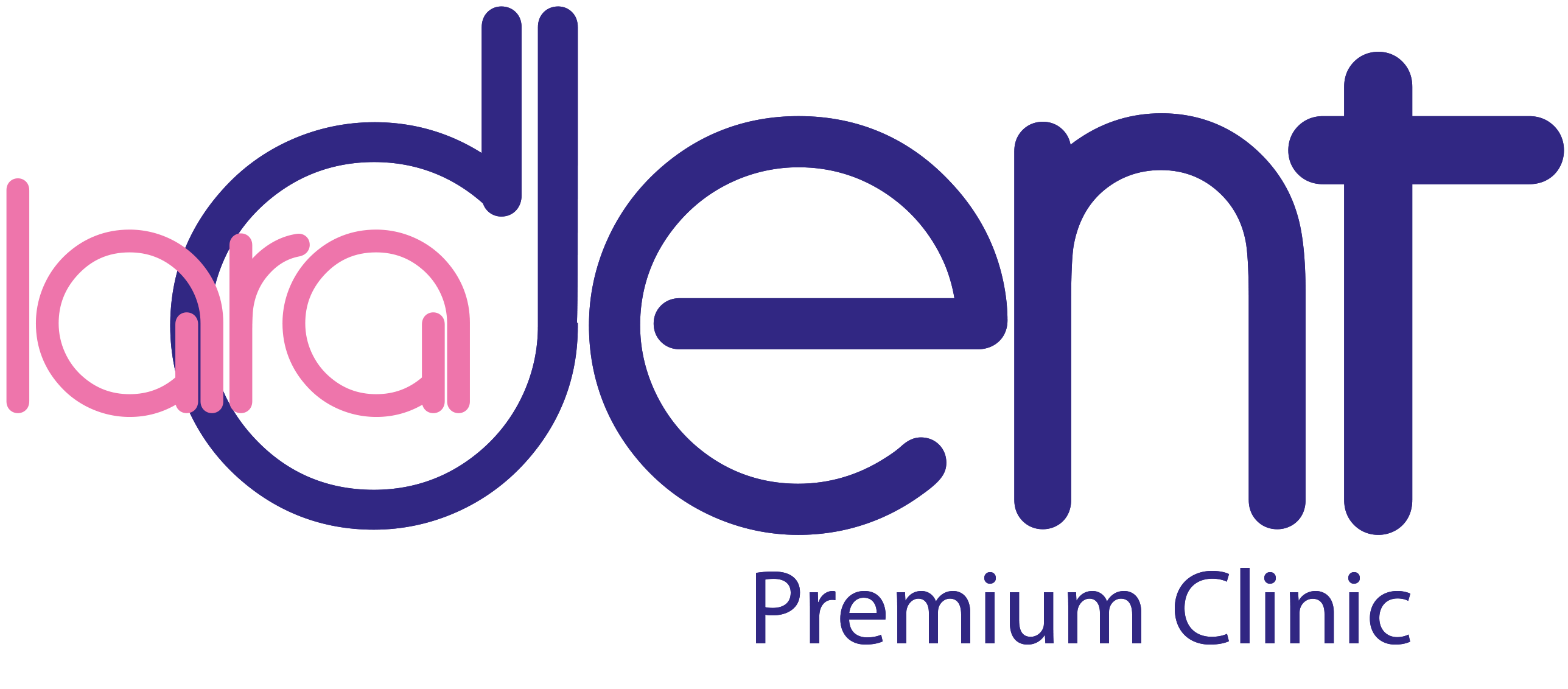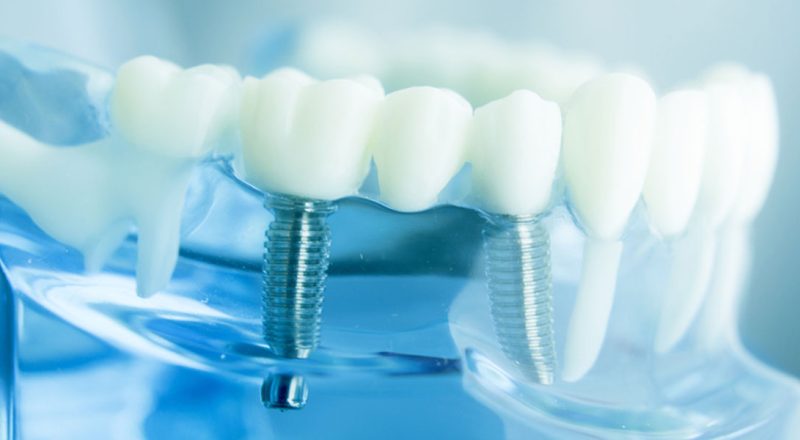Dental prostheses that replace lost teeth are produced specifically for the individual. The dental prosthesis produced in line with the patient’s personal needs must fit perfectly into the person’s mouth, look natural and be easy to use. Dental prosthesis can be used to replace one or a few lost teeth, or it can be used to replace all teeth. However, in dental prosthesis applications, the priority is to protect the existing teeth remaining in the patient’s mouth. Dental prosthesis is produced in the shades most suitable for the person’s bone color. Thus, the color of the person’s denture teeth has a natural appearance. The main purpose of dental prosthesis application is to regain the person’s lost chewing function. By restoring the person’s chewing efficiency, the quality of life is also increased. In addition to all these, the psychological effects of broken, discolored or deformed teeth are also eliminated.
What are the types of prosthetic teeth?
Teeth, which are an important part of the digestive system, are extremely important for human health. Dental prostheses, which should be the last choice in dental treatment, are mostly applied in cases that cause tooth loss such as tooth decay, tooth breakage or insufficient filling. In other words, if the discomfort in the tooth is at a level that cannot be corrected by the treatment applied, the person can benefit from dental prosthesis treatment. In prosthesis application, it is essential to protect the person’s existing healthy teeth. There are generally two different types of dental prostheses: fixed and removable:
fixed dental prosthesis
Fixed dental prostheses that are glued into the mouth cannot be removed at the person’s will. Fixed dental prosthesis, which is mostly applied to people with minor tooth loss, is produced using the person’s own teeth. After the process begins with cutting and reducing the size of the existing tooth, the person’s existing tooth is covered and then the prosthesis is mounted on it. Fixed dentures, which can be produced from different materials, take approximately 10 days to prepare and install, and during this period, the person must visit the dentist 4 to 5 times. In order to apply fixed prostheses, which have different lifespans depending on the material used, the person’s tooth is first reduced and then precise measurements are taken. The color of the dental prosthesis to be applied is decided together with the patient. What is important at this point is to apply a prosthesis that has the exact same shade as the existing teeth. At the next visit, the prosthesis prepared on the model is rehearsed. Then, the contact of the prepared tooth with other teeth and surrounding tissues is examined in detail. Then, the dental prosthesis is rehearsed on the patient again and if there is no discomfort, the prosthesis is fixed on the tooth. Remnants of the adhesive are removed and the patient is informed in detail about the lifespan of the tooth and oral care. Chewing is more comfortable with fixed dental prosthesis. It contributes positively to the person’s speech and appearance. Thanks to the developing dental prosthesis technology, zirconium and laminate restorations are frequently applied today:
Zirconium Restorations: Zirconium, a metal element with white tones, is the most frequently preferred fixed dental prosthesis material today. While zirconium coated teeth provide functionality and aesthetics, they are also at the forefront with their durability. It can be processed in the desired color tone and light transmittance. Zirconium-plated dental prostheses, which can be applied to people with metal allergies, have a smooth and natural shine. It can be safely applied to teeth with enamel loss, implant-supported dentures, and tooth crowding or separation where orthodontic treatment is not possible.
Laminate Restorations: In the laminate restoration process, which is applied by gluing thin leaf-shaped porcelain to the front surface of the tooth, the intervention to the teeth is extremely minimal. Laminate restoration, which can only be applied to the front teeth, can be applied for reasons such as covering color changes in the teeth, hiding existing cavities, and correcting the appearance caused by fractures.
Removable dental prosthesis
Removable dental prostheses, which can be defined as appliances that can replace missing teeth, can be installed and removed by the patient himself. It is applied in cases where there are natural teeth but there is not enough support for a fixed prosthesis. During the application, support is taken from existing teeth and tissues. There are 4 different types of removable dentures:
Total Prostheses: Preferred when there are no teeth in the person’s mouth, total prosthesis is applied separately to the lower and upper jaw and supported by existing bone tissue. Total denture, also known as denture, is mostly produced from acrylic. When the total denture, which is produced specifically for the person’s mouth size, is first fitted, it is extremely normal to feel strange in the mouth and fullness in the lips and cheeks. The lower denture often moves more than the upper denture. Therefore, it may take longer to get used to the lower denture. Due to the stimulation of the glands, the amount of saliva of the person increases in the first days. of speech

